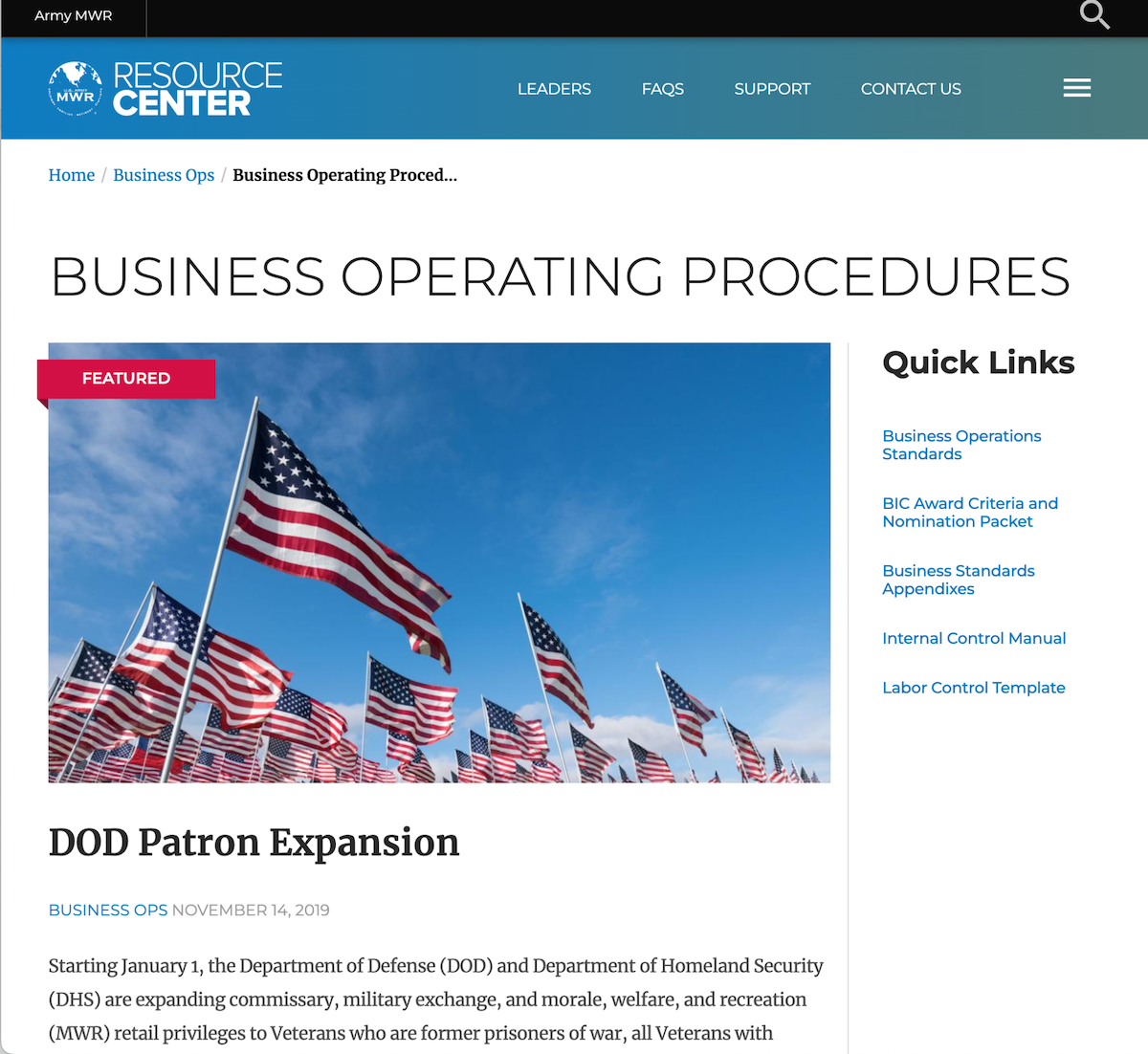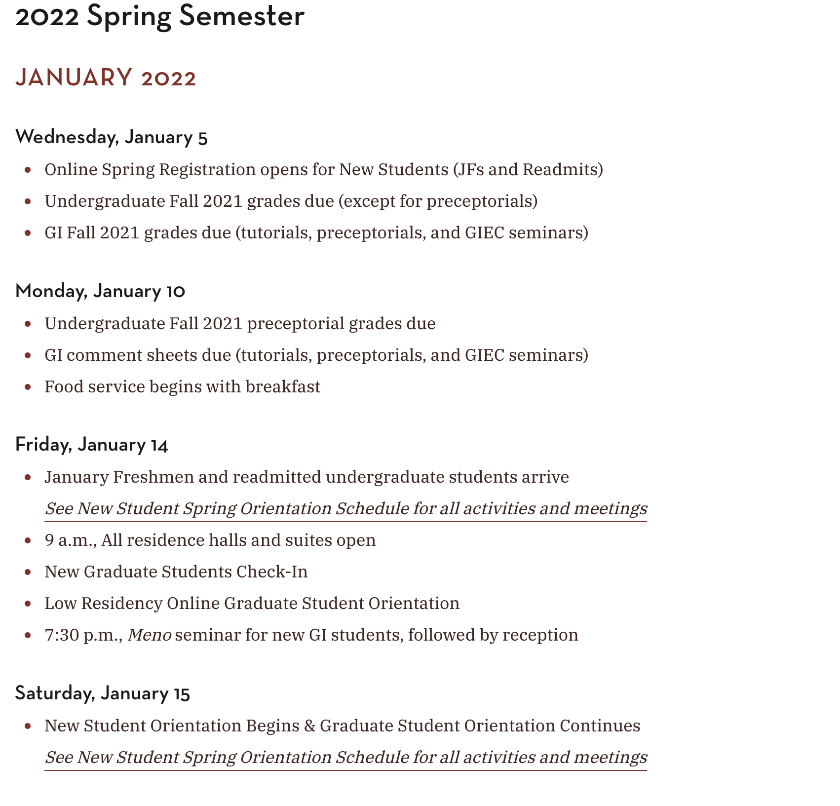The shift to working from home and hybrid work environments will continue to be chaotic through the next few years as the adoption of internal communication methods progresses. Most companies have their own intranet spaces or a hybrid approach to internal communication through messaging, project management, and email. These dispersed systems are not aligning with today's new hybrid workplace goals.
It can be hard to drive continued employee engagement. Each company's internal communications must have room for improvement for the future workload.
What happens after a new employee training is complete on a system? The future of internal communication depends on non-technical employees to gain mastery of internal communication systems without the continuing support of IT teams.
Here are 8 options to consider to encourage engagement and cohesion in the internal workplace.
1. Constantly Improve Training
Home Depot built this Concrete site to train distributed sales teams on the latest appliances information. To promote different types of learning and increase engagement Home Depot used a combination of content types, including:
- Video
- Infographics
- FAQs
- Quizzes
- Downloadable assets
The scramble of the pandemic has left many companies with a mix and match of hybrid systems. Ongoing training on intranet systems allows employees, HR, and leadership to manage and collaborate and continue to improve communication through systems instead of physical space.
The U.S. Army uses Concrete to share best practices resources with front-line workers. Creating a source of truth destination where each department can share processes and internal documentation will improve access and sharing of information. This starts with the basics like ensuring employees have access to HR Benefits, services, finance, and other human resources. It extends into operations and internal communications as a whole.
2. Crowdsource Content for Team Page
Have multiple people work on the intranet and ask for guest articles from other employees. Do interviews with team members from different departments to learn about what they consider new or interesting in their current and upcoming work.
People love to talk about themselves, and it helps to introduce new employees through digital channels. You can make this fun and more engaging by having every employee do a mini-interview to introduce themselves to the team's section of the website. Have new hires fill out a bio with their background and a company photo. This type of communication also helps employees feel like they're essential, and other employees get to know who is joining the company.
A couple of examples of team pages:
3. Ask for Suggestions and Feedback
Going hand in hand with having crowdsourced content, it's essential actually to ask employees for suggestions and feedback for the content. Employees feel more bought in if they have a say.
Keep in mind, if you ask for feedback or you enable comments, it is vital to respond and act on any suggestions or feedback. Empty promises will drive engagement into the ground. To support user adoption, receiving feedback must be a priority.

4. Content Schedule
This is the downfall for any content, blog or website. It's important to stick to a posting schedule and release content regularly.
Be clear and consistent on your content publishing schedule. For example, a weekly newsletter should be published on the same day every week, like clockwork. If you don't stick to schedules, people will sense this is an afterthought and engagement will drop. When employees know there’s an active publishing schedule, they are more likely to contribute to company news and events. Maintaining an engagement hub with a calendar will assist in coordinating schedules.
5. Company Calendar
"No matter if it's the important state of the business meetings or social gatherings, it is vital to make sure there is a calendar of all these events that employees can access," says Sharon Martin, a marketing writer at Draftbeyond.
Creating space on the intranet to give dates for important company-wide meetings, social gatherings, news contributions, and other business events is vital in encouraging employee engagement. This is different from a personal calendar each employee manages. This is focused on events for the organization as a whole.
For example, a university or school district may need an internal working calendar.
6. Post Job and Promotion Opportunities
Employees want to feel like they can move up in the company and take on new challenges. By posting job opportunities and promotion options internally, you show employees there is a career path in the company and have long-term work options.
HR needs a place to offer jobs and promotions internally, before they are shared to the various recruiting sites.
7. Leadership & Shout-outs
Have a place to post weekly or monthly thank yous and shout-outs. Encourage leadership and employees to write posts, and ensure they promote the content to those under them. If leadership shows interest, it will hopefully trickle down within the company. Taking 5 minutes to put a quick unscripted video together on the vision leadership has for the organization is a great way to keep reminding individuals they are part of a greater team with a goal.
People want to feel valued and like their work is meaningful. Too many companies nowadays treat employees as automatons without feelings, perhaps having a yearly award ceremony that feels more like a platitude than actual recognition. If you have on your intranet a space to thank employees and have shout-outs to employees by others, then you will be shocked at some of the genuine good will people will put up for their colleagues. Publicly acknowledging is excellent for those who want to highlight the work someone else has done that has genuinely benefited them. Still, it also helps make those employees thankful and feel they have made a difference.
8. Product Launches & Customer Success Stories
We all love to hear a success story, and finding out where your company has been successful with customers is incredibly motivating. While we expect this content to work its way into public facing marketing materials eventually, it’s good to share wins internally first. Posting on your intranet when you have a good long-lasting relationship with a customer or when a challenging project has been successful will make people feel like they're working for something.
Conclusion
The main thing to take away from this is to try and remember that the intranet is a space for employees. Unless you are making content that would be of interest to them, or that they feel bought into, you will not get the engagement you desire.
Writer Eula Skiles, Assignment Writing Service and Research Paper Writing Services UK, is passionate about digital marketing and entrepreneurship. She loves to help people develop in these areas and in her spare time writes for Gumessays.com.





